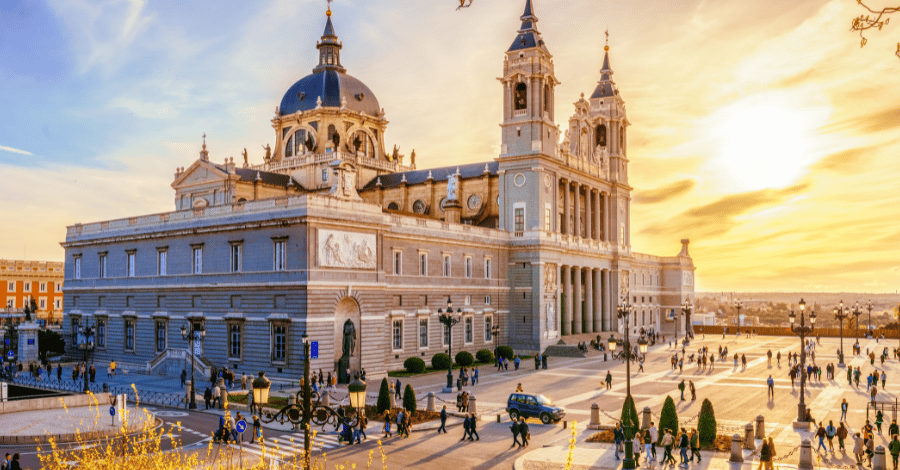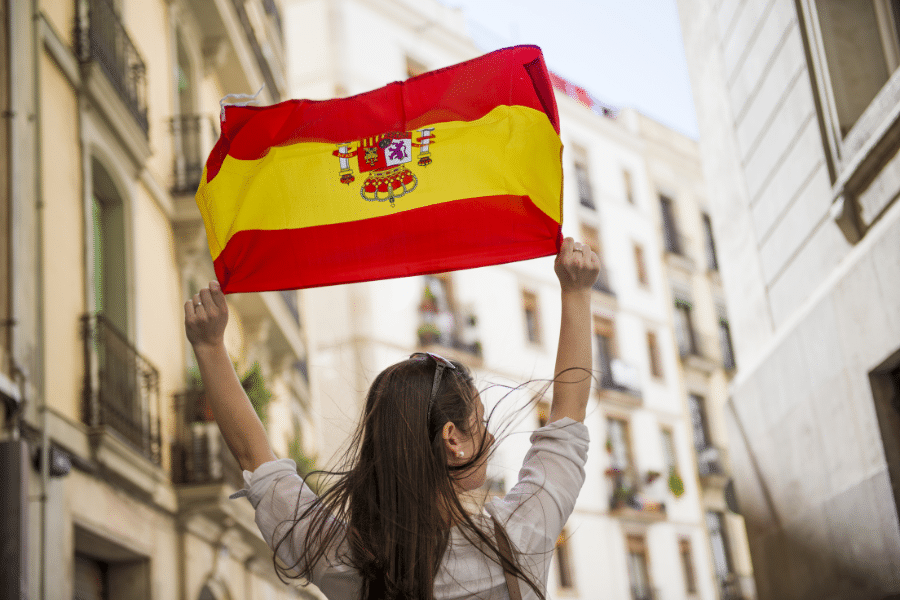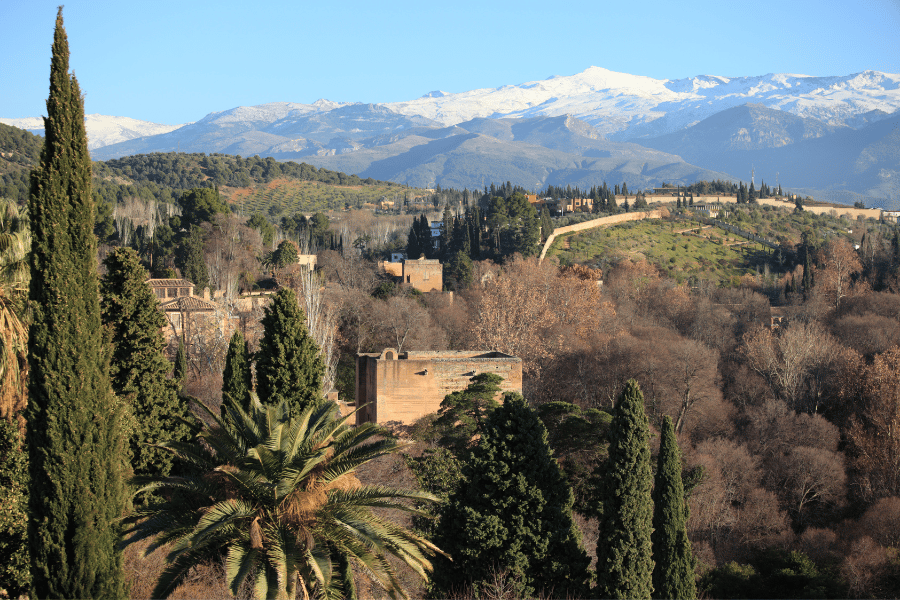Every year, thousands of foreigners from around the globe move to Spain. Great quality of life, friendly people, excellent weather, incredible cities and villages, and delicious food make Spain the perfect place to start a new life. If you’re thinking about moving to Spain, you need to understand the details of the Spanish immigration law to see if you meet the requirements to become a resident or, ultimately, a citizen.
Let’s explore the different visa options, the documents required to apply, and the processes involved in becoming a resident or citizen in Spain.
Moving to Spain: Getting a visa
The first thing to note about a Spanish visa is that it only allows you to enter the country. After applying at the Spanish consulate in your country, and the consulate approves the submission, you get a visa that allows you entry into Spain.
Expats must register with immigration and apply for a residence or staying permit upon arrival in Spain. Keep in mind that you are unable to submit your application at any consulate of your choosing. The consulate that is designated for your city of permanent residence is where you must submit.
Spain has numerous visa and residence permit options. There are unique requirements for each option. The most typical Spain visas are:
- Tourist Visa
- Non-Lucrative Visa and Residence Permit (or ‘Retirement Visa’)
- Employment Visa and Residence Permit
- Entrepreneur Visa and Residence Permit
- Investor Visa and Residence Permit
- Long Duration Residence Permit
- Family Roots Visa and Residence
- Digital Nomad/Remote Worker Visa
The documents required to apply for most of the visas available include:
- The visa application form
- Two biometric photos
- Passport
- Flight reservation
- Proof of accommodation
- Medical Insurance
Types of residence permits in Spain
If you’re considering living in Spain, there are two types of residence permits: temporary and long-term or permanent residence. A temporary residence permit, as its name suggests, allows foreign nationals to work and live in Spain for less than five years and more than 90 days at a time.
How to obtain temporary residency in Spain
The temporary residence permit is usually issued for two years, renewable, provided that you meet the economic requirements and have lived at least 183 days in the country each year. To apply for temporary residency you need the following documents:
- Three passport photos
- Passport
- Certificate of a clean criminal record for at least five years
- Private medical insurance
- The completed application form
After five years of holding the temporary residence permit, you will be eligible for permanent residency.
All visa applicants must purchase private medical insurance. Adeslas is the most popular medical insurance company in Spain among expats. They also offer plans to cover dental or your pet. Monthly rates range from €65 to €199, but if you sign up for expat medical insurance through this link, you will qualify for a special discount of up to 32%.
How to obtain permanent residency in Spain
You would be eligible for long-term or permanent residence after living in Spain for five years in a row. In essence, this is a card with a five-year expiration date that can be extended indefinitely. Usually, this is the route to citizenship, which can be obtained after 10 years (in the case of residence-based citizenship).
How to become a Spanish citizen
Beyond living in the Spanish territory for 10 years, you must meet the following requirements for a successful Spanish citizen application:
- Your first residence card’s validity marks the beginning of the year count. This means that the calculation will not take into account any time between.
- Any time spent in Spain on a tourist or student visa will not be considered.
- You must have lived without interruption for the required number of years. This means that you cannot leave the country frequently or for an extended period.
- Demonstrating proper civic behavior is crucial. The authorities will examine your police and criminal background records.
The documents required include:
- Passport and NIE
- Current residence permit
- Birth certificate
- Criminal records
- Marriage certificate
- Current and historic census
- Certificates of proof of the completion of the two required exams, DELE A2 and CCSE
- Document confirming payment of the corresponding fee
- Demonstration of the possession of sufficient economic means
About the DELE A2 and CCSE tests
To get a Spanish passport and become a citizen of the country, you must pass two different exams:
- The DELE A2 is the introductory language test that shows you have a good level of Spanish.
- The CCSE is a cultural test. It is a multiple-choice test about the Spanish government, art, TV, culture, and geography.
Making the move to live in Spain
Deciding to move to another country is an exciting but also a challenging decision. There are numerous logistical and legal considerations. The process is often so tricky and time consuming, that many people give up halfway. Fortunately, compared to many other countries, moving to Spain from the US and applying for a visa and residency permit is a much simpler process. If you do enough research, get information from official sources, and get the right advice, the process can be quick and easy.
Keep in mind that the rules and regulations for moving to Spain may change from time to time, and new immigration programs and opportunities may appear. To ensure that the process goes as smoothly as possible, you should always keep up with the most recent information.
This article contains affiliate links. If you purchase via one of these links, we may earn a commission.




